1. No Dogs with “Unacceptable” Breeds Allowed, Even If They’re the Sweetest Pups
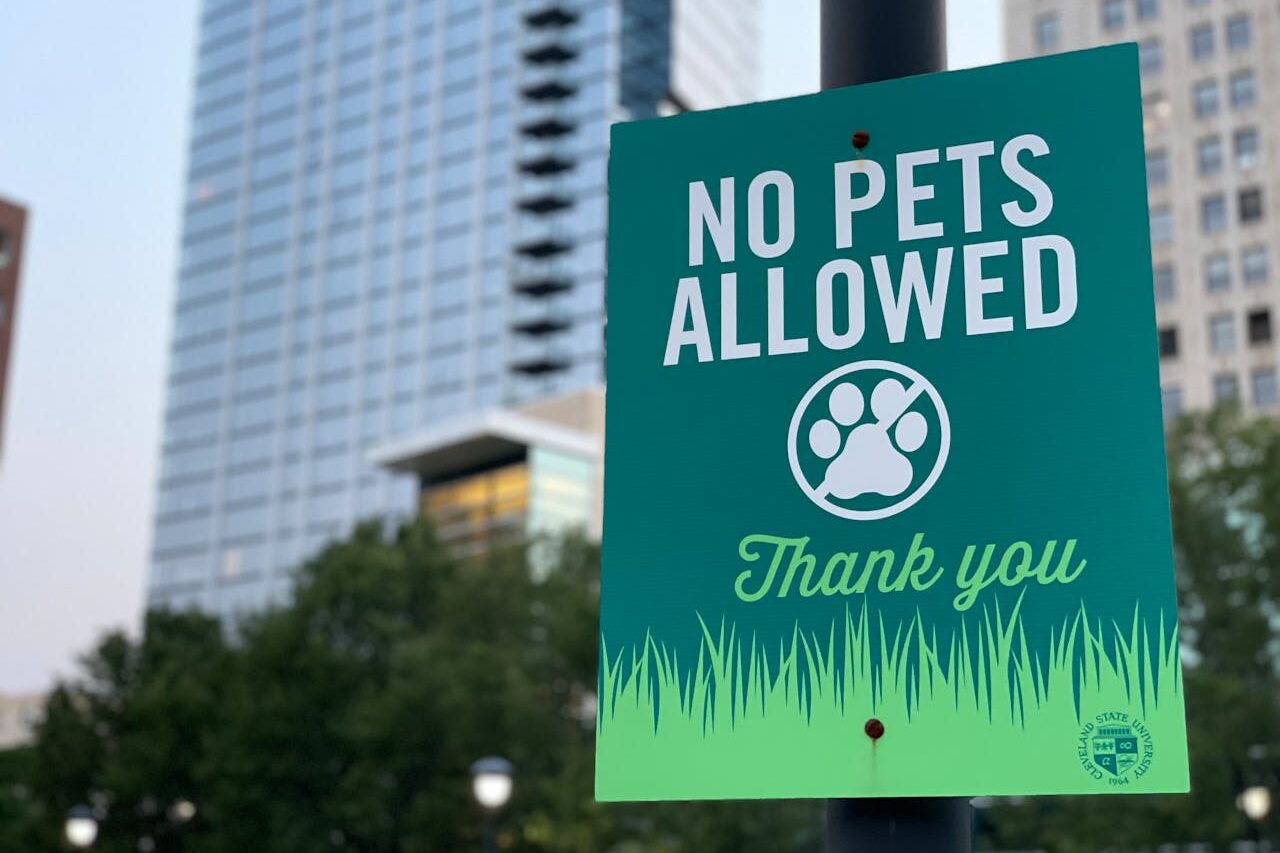
One of the weirdest HOA pet rules involves breed restrictions that don’t necessarily correlate with a dog’s temperament or behavior. Many HOAs have bans or strict rules regarding certain dog breeds, often focusing on “aggressive” breeds like pit bulls, rottweilers, or Dobermans. However, what’s strange about these rules is that they lump entire breeds into one category, regardless of whether individual dogs are friendly and well-behaved. Even the sweetest, most docile pit bull or rottweiler can be forced out of a community simply because of its breed, regardless of how well the dog is trained or its behavior around people.
These breed restrictions are often based on outdated stereotypes or misconceptions about certain breeds. While some breeds may have a higher propensity for aggression, it’s not a guarantee that every dog of that breed will behave aggressively. In fact, many of these “dangerous” breeds are beloved family pets that wouldn’t harm a fly. This creates an unfair situation where well-behaved pets are penalized simply due to their genetic background. It’s not uncommon to hear stories of families having to move out of their homes or give up their dogs due to these breed-based HOA regulations.
2. Pet Size Limits: Small Dogs Only, or Else
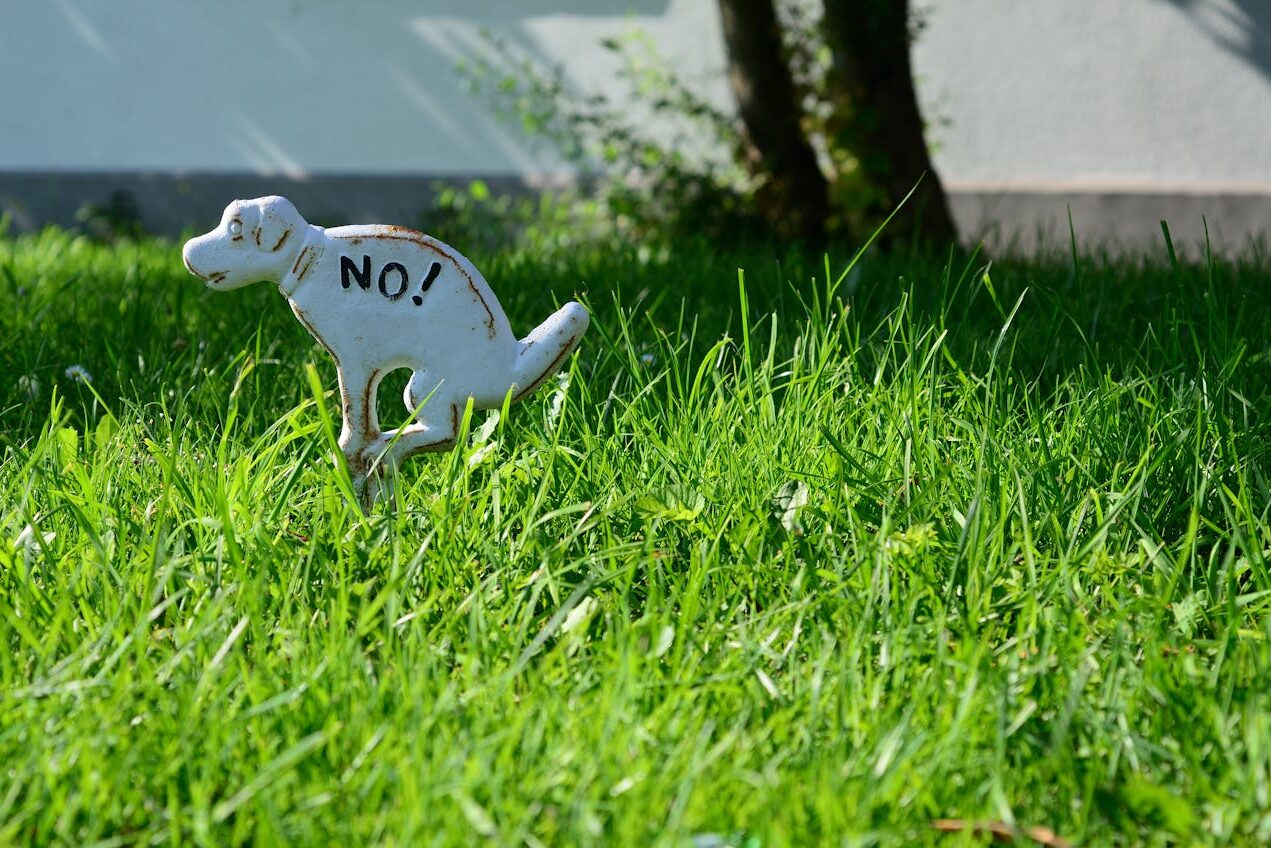
Imagine being told that your beloved dog can’t live with you because it’s just a few inches taller than the HOA’s “approved” pet size limit. Some homeowners associations (HOAs) set strict rules on how large a dog can be, limiting owners to only small breeds. These rules are often based on assumptions that smaller dogs are quieter and cause less disruption. While this may be true in some cases, it doesn’t account for the fact that a larger, well-trained dog can be just as peaceful and well-behaved as a tiny one.
The size limits can be especially frustrating for pet owners who have larger breeds that are known for being gentle giants. For example, a Great Dane or Newfoundland could easily be the most lovable, calm companion but may be banned simply due to their size. In many cases, these size restrictions are set without taking into account the individual needs or behaviors of the pets involved. Instead, the focus is on minimizing perceived disruptions, even though large dogs often pose no real threat to peace and quiet in the community.
3. No Cats Allowed—Even Though They’re Great Indoor Pets
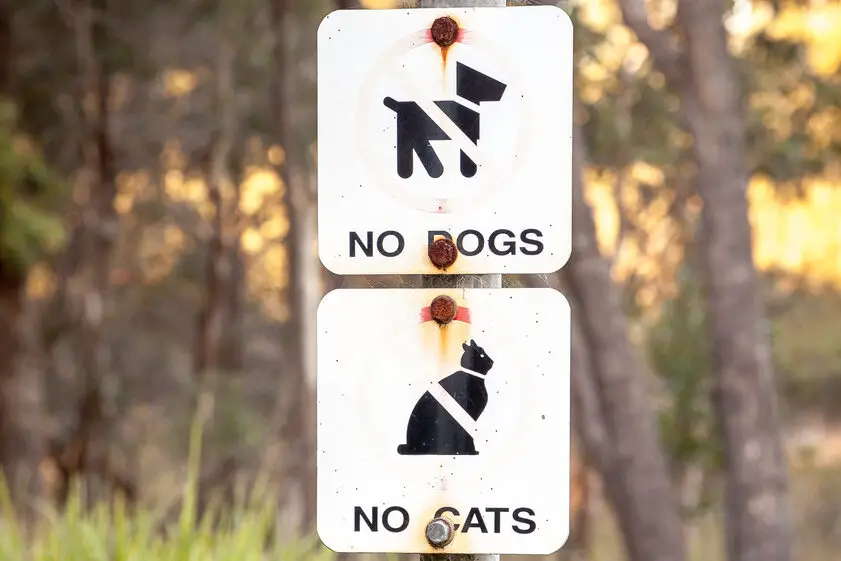
Some HOAs take their pet restrictions a step further by banning not just dogs, but cats as well. While this rule may seem especially odd to pet owners who keep their cats indoors, there are certain communities that impose such restrictions, arguing that outdoor cats pose a threat to local wildlife. These rules often overlook the fact that many cats are strictly indoor pets and have no impact on wildlife populations. But the mere presence of a feline in a home can be enough to make some HOAs step in and force pet owners to rehome their cats or face fines.
Interestingly, many of these communities also impose limitations on other pet types, like rabbits or birds, but cats seem to draw the most attention. The logic behind these restrictions is sometimes rooted in concerns about allergies, potential noise, or damage to property, but for many cat owners, it just doesn’t make sense. Cats are often clean, low-maintenance, and have no more of a disruptive presence than a dog, especially when they are kept indoors. Mulcahy Law Firm highlights that the outright banning of cats can be an especially difficult pill to swallow for pet-loving families who have to choose between their home and their pet.
4. No Pet Waste in Common areas—but no Designated Waste Disposal Areas Either
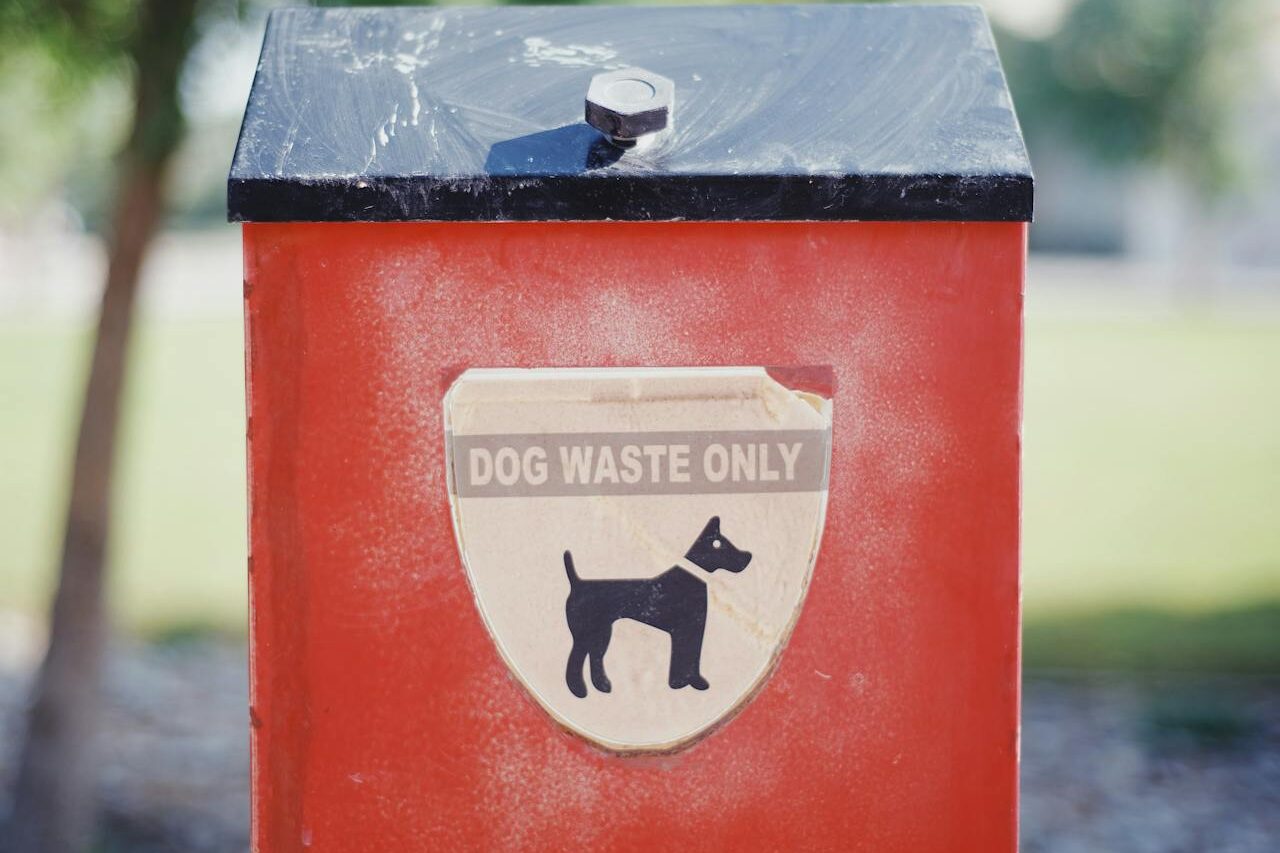
Imagine taking your dog out for a walk around the neighborhood, only to be told by the HOA that your pet cannot relieve itself in any common areas. While this sounds like a reasonable request, the problem arises when no designated pet waste disposal areas are provided. Some HOAs enforce these rules without offering any proper facilities for dog owners, leaving them with nowhere to dispose of waste, which can create unnecessary stress and frustration.
What’s even stranger is that some rules require pet owners to “carry waste bags at all times,” but don’t specify where to dispose of the waste once it’s collected. This leads to a scenario where residents are walking their dogs, but they have no choice but to carry the bags of dog waste around until they return to their homes. According to HOA Legal, while it’s important to keep shared spaces clean, this type of rule often seems overly punitive and fails to take into account the realities of pet ownership. It’s one thing to ask residents to clean up after their pets, but another to impose strict rules without providing the necessary resources to do so properly.
5. Invisible Pet Fences are Banned—Even If You’re on a Large Lot
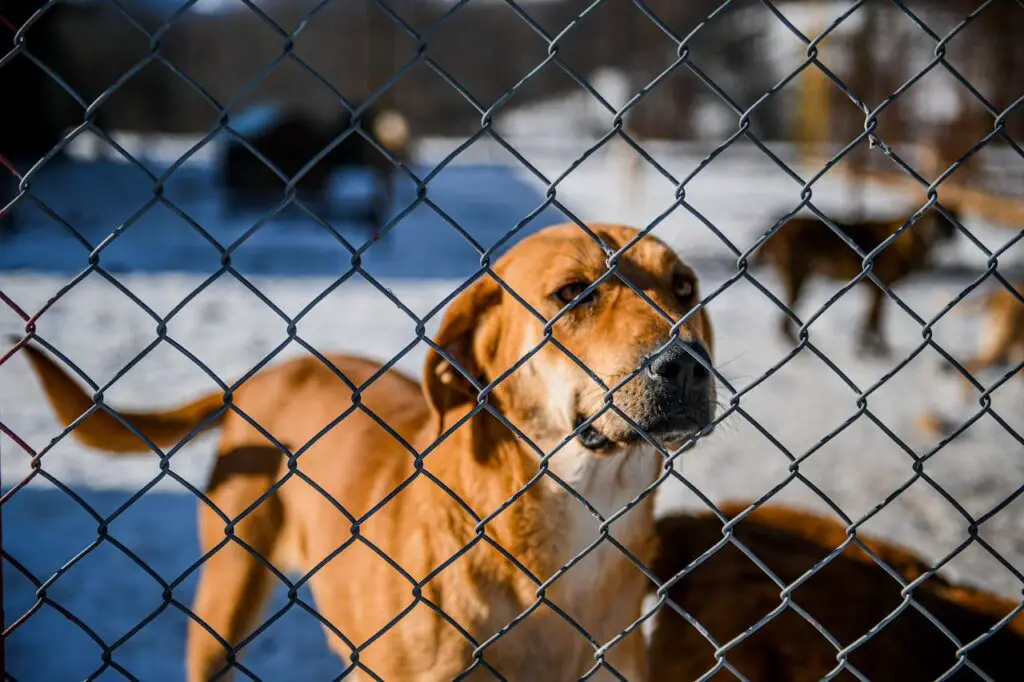
Some HOAs take issue with invisible fences, even though they are considered a safe and humane option for containing pets in large yards. These fences, which use a combination of electronic collars and buried wiring to keep pets within a designated area, are especially popular in rural areas where traditional physical fences are either impractical or unsightly. However, certain HOAs, particularly in suburban areas, prohibit the use of invisible fences, citing concerns about safety, aesthetics, or potential harm to wildlife.
What makes this rule even more puzzling is that invisible fences often offer a discreet, non-invasive solution for pet owners with large yards. In many cases, the physical appearance of a traditional fence can be a major eyesore, detracting from the overall beauty of the neighborhood. Despite this, some HOAs are steadfast in their ban on invisible fences, forcing homeowners to consider alternatives, like expensive traditional fences or the possibility of keeping their pets indoors at all times. It’s a rule that often seems out of touch with the practical realities of pet ownership in modern times.
6. No Pets Allowed in Certain Parts of the Neighborhood (Even if Your Home Is Pet-Friendly)
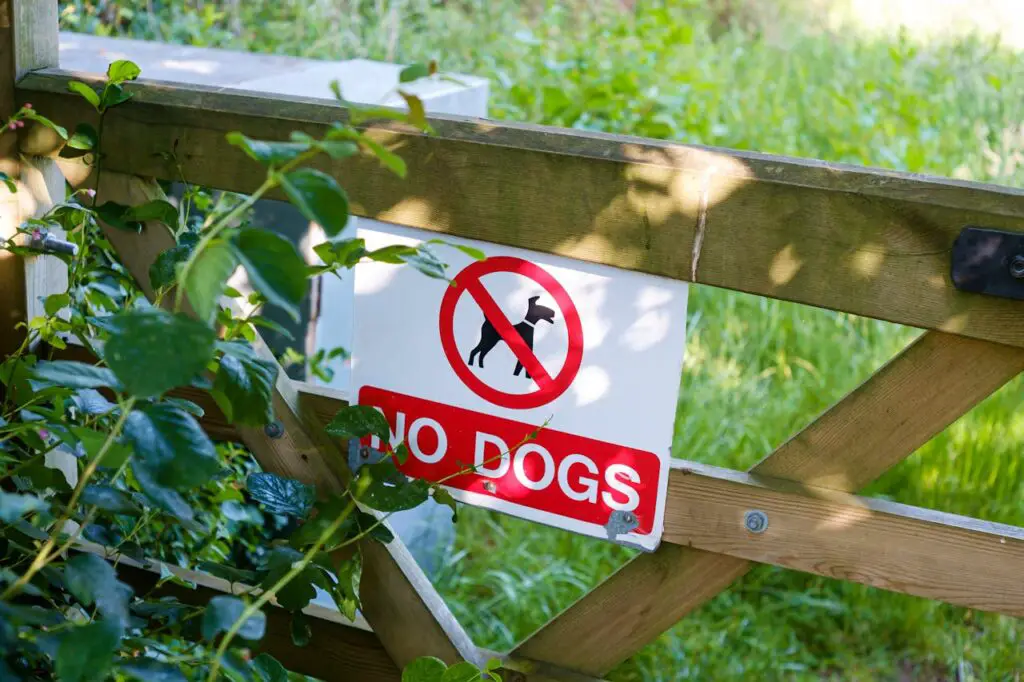
One of the more bizarre HOA pet rules is the practice of zoning certain parts of a neighborhood as “pet-free.” This means that while your home might be pet-friendly and you’re allowed to have a dog or cat, certain areas within the neighborhood—including parks, common areas, or even sidewalks—are off-limits to pets. According to KSN Law, these rules are often implemented in an attempt to keep specific areas free of animals, but the idea that pets should be confined to certain areas of a neighborhood seems odd to many residents.
For pet owners, this rule often feels restrictive, as they are forced to adjust their daily routines and limit their pets’ freedom. Some homeowners may find themselves walking their dogs in inconvenient locations simply to avoid violating HOA rules. Worse, if a resident’s pet is caught in a restricted area, they may face fines or even be asked to rehome the animal. This creates unnecessary tension and frustration for pet owners who feel like their pets should be able to enjoy the same common spaces that other residents do.
7. Pets Must Be on Leashes—Even Inside Your Own Home
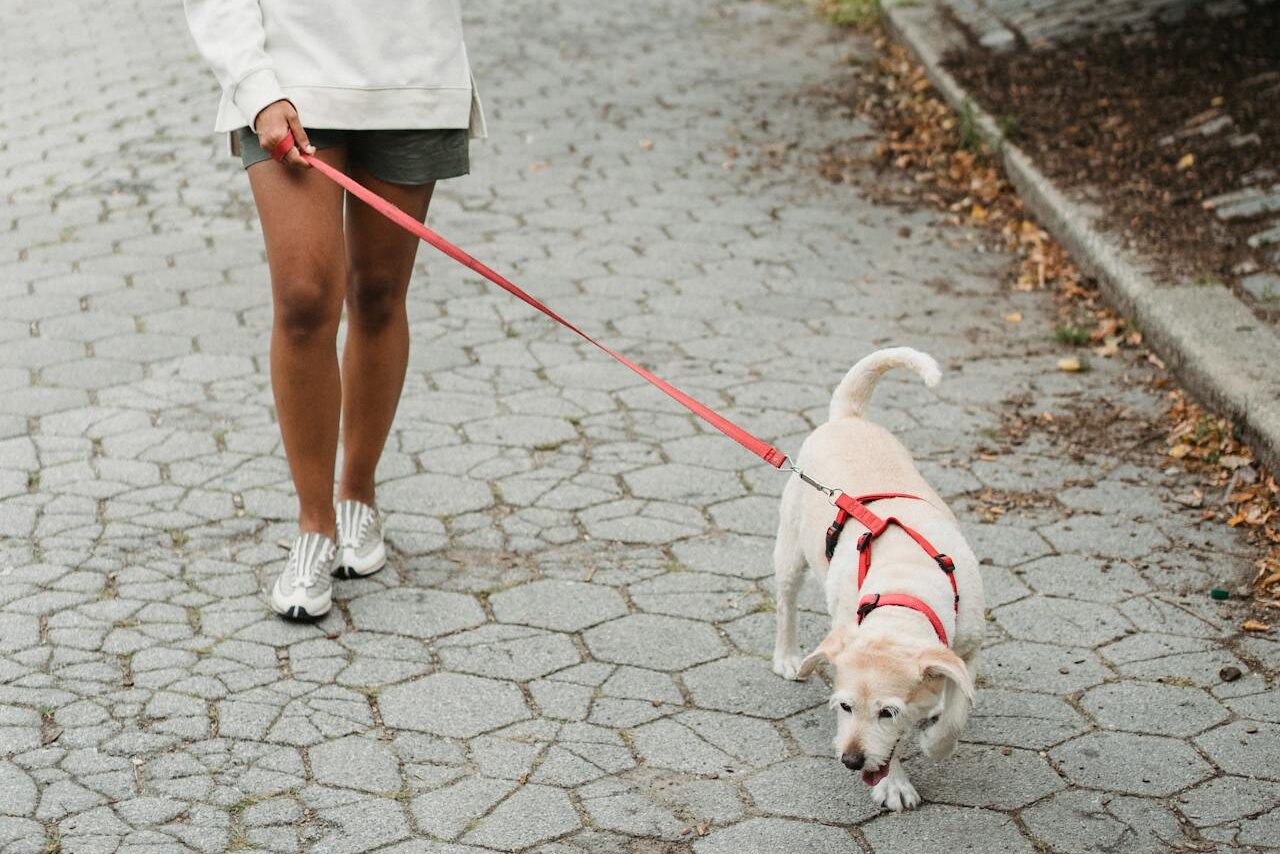
Some HOAs have taken the leash rule to an extreme by requiring that pets remain on a leash even when inside the owner’s private home. This rule is often justified with concerns about pets potentially causing damage or being disruptive to neighbors, even though the animals are inside a privately owned residence. For many pet owners, this rule is not only intrusive but also impractical. Keeping a dog on a leash inside the home can be a serious inconvenience, especially when the dog is well-behaved and trained.
The logic behind these rules often centers on ensuring that pets are always under control, but for many, it feels like an overreach into their personal lives, according to Kuester Management. Inside the home, pets should be allowed the freedom to roam and enjoy their space without being constantly tethered. These rules often ignore the individual characteristics of pets, leaving owners with no room to negotiate or find alternatives to the stringent leash requirement. It’s a strange and often frustrating rule that seems to treat pets more like prisoners than beloved companions.
8. Mandatory Pet Registration—With Hefty Fines for Non-Compliance
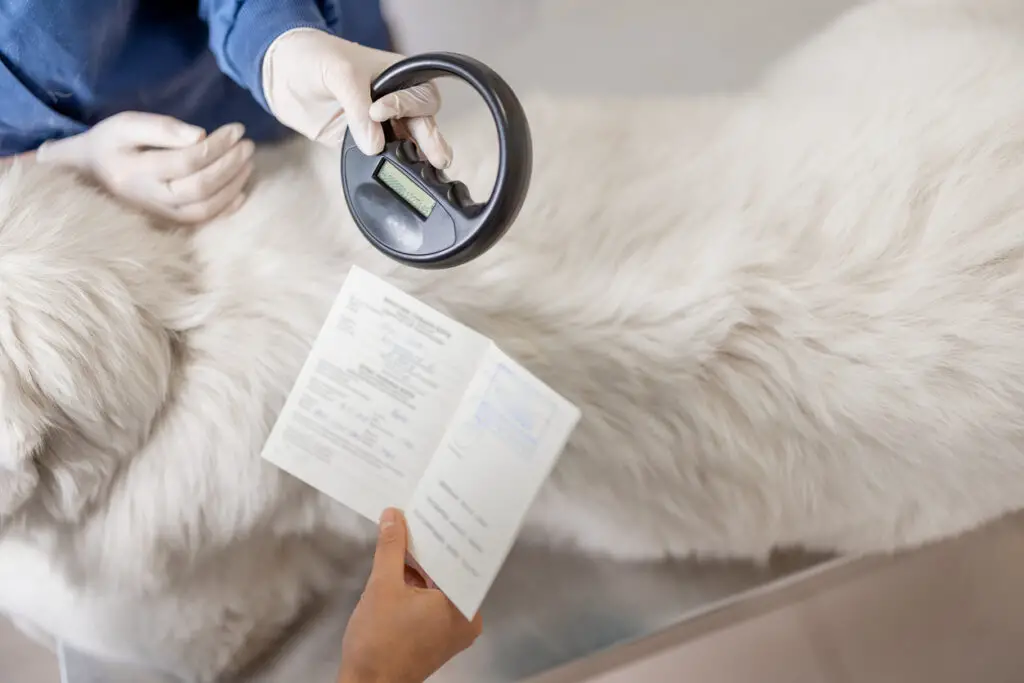
Another bizarre HOA pet rule involves mandatory pet registration, which can come with hefty fines if you fail to comply according to RDA. While it’s not unusual for communities to ask residents to register their pets for identification purposes, some HOAs take this to an extreme by imposing severe fines for even minor infractions. For example, if you don’t file the appropriate paperwork on time or neglect to update your pet’s information when moving, you might face fines that can quickly add up to hundreds of dollars.
What makes this rule even stranger is that some HOAs require extensive documentation on each pet, including photos, vaccination records, and proof of spaying or neutering. While these regulations are meant to ensure that pets are properly cared for, they can feel excessive and intrusive to many pet owners. The financial burden of non-compliance, especially for families with multiple pets, can quickly become overwhelming. These rules make pet ownership feel like a bureaucratic nightmare rather than a joyous experience.
9. No Barking, Period
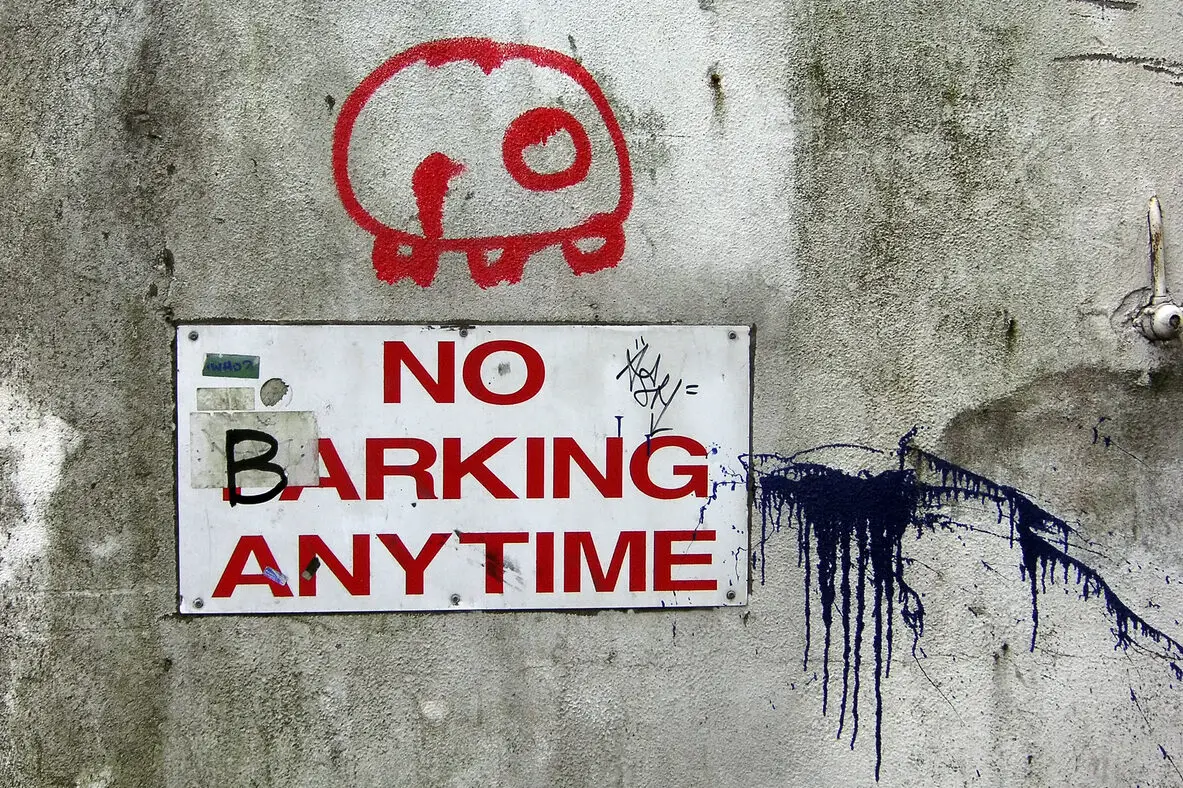
In some communities, HOAs impose a strict “no barking” rule, which can be difficult to enforce and, frankly, unreasonable. While it’s understandable that neighbors don’t want to be disturbed by excessive noise, enforcing such a rule without context can lead to unnecessary conflicts. After all, barking is a natural behavior for dogs, and many dogs bark to communicate, whether they are excited, anxious, or trying to protect their territory. The problem arises when the rule fails to distinguish between occasional barking and persistent, disruptive barking.
In many cases, these rules don’t take into account the reasons behind the barking or the context in which it occurs. For example, a dog may bark for a few minutes when a delivery person arrives or when it sees a neighbor. These normal dog behaviors can result in fines or complaints, leading to stress for the pet owner. It’s difficult, if not impossible, to eliminate barking altogether, which makes this type of rule frustrating and unrealistic for pet owners.
10. Pets Must Wear “Outfits” When Outside (Yes, Really!)
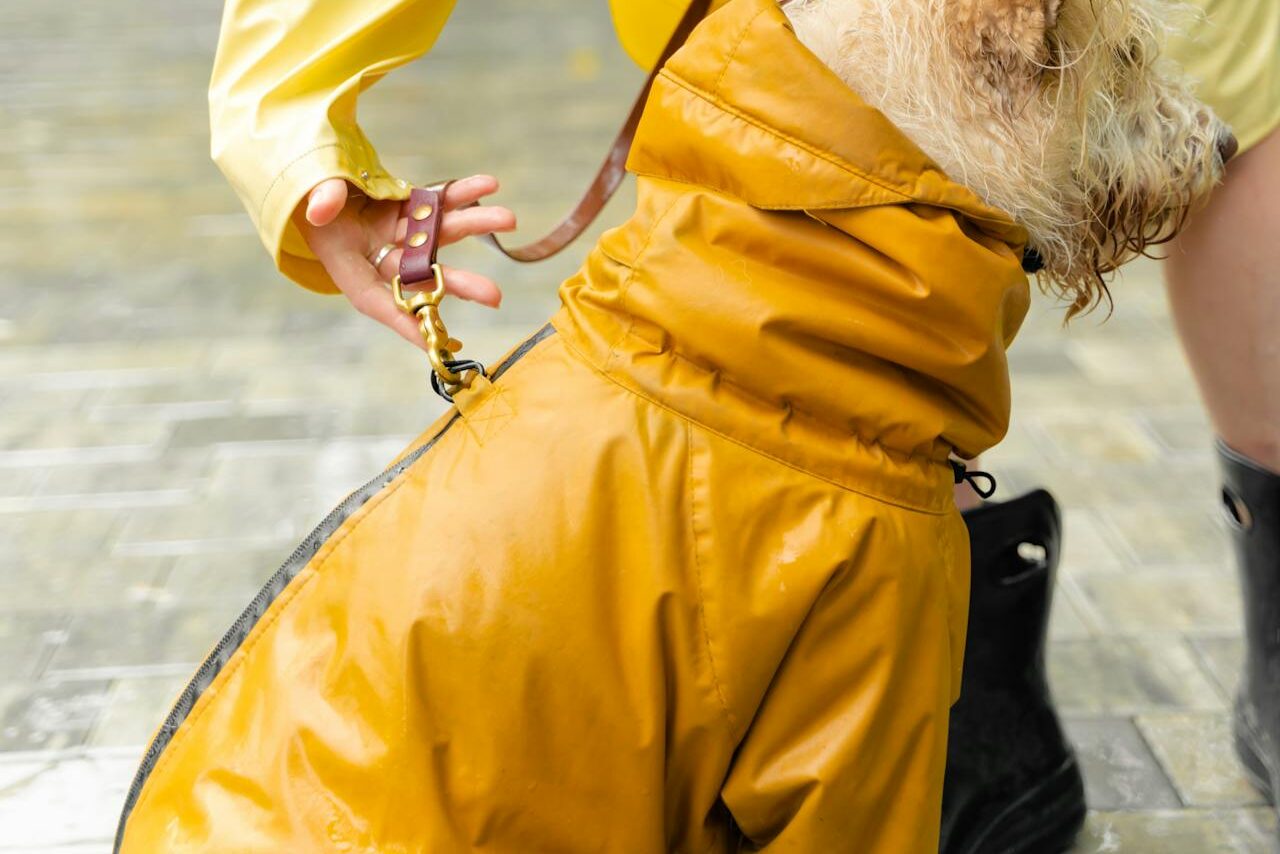
In some upscale neighborhoods, HOAs impose a peculiar rule that pets must wear outfits when outside. While this rule is more of a fashion statement than a practical pet regulation, it reflects the HOA’s desire for uniformity and aesthetic appeal within the community. From tiny jackets and bow ties to tutus and sweaters, pet owners are expected to dress their dogs in stylish clothing whenever they leave the house, whether it’s for a walk or a trip to the vet.
This rule not only feels frivolous but also ignores the comfort and preferences of the animals themselves, according to SmartWebs. Not all dogs enjoy wearing clothes, and forcing them to do so can cause them stress or discomfort. Additionally, the rule doesn’t take into account the weather or the pet’s breed. Some dogs, particularly those with thick coats, may overheat if forced to wear clothing in warm weather. The pressure to maintain a certain appearance can be frustrating for pet owners who feel that their dogs should be allowed to enjoy the outdoors in whatever way is most comfortable for them.
11. No Pet “Parties” or “Social Gatherings” Allowed
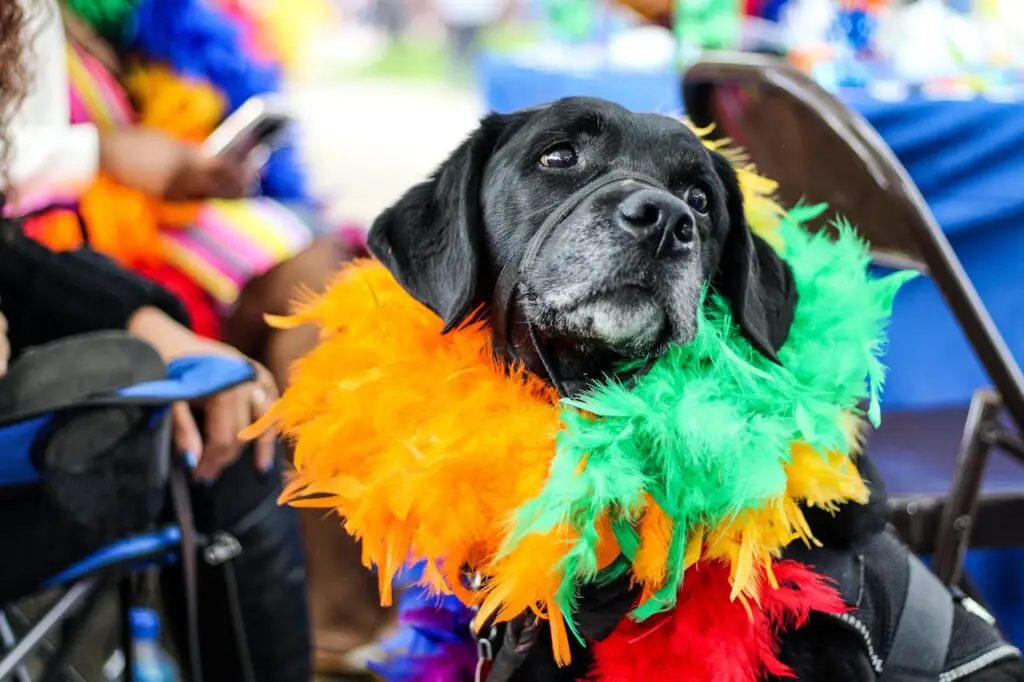
In some communities, HOAs take issue with any sort of social gathering involving pets, even though such events are often harmless and provide a fun, social experience for both pets and owners. These rules often stem from concerns about noise or disruption, but they can seem overly strict when applied to pet playdates, dog birthday parties, or even casual gatherings where pets are welcome. While some HOA regulations are meant to maintain a quiet and peaceful neighborhood, prohibiting pet-related events can limit opportunities for community building and bonding among neighbors.
These rules often overlook the fact that many pet owners organize these events to help their pets socialize, exercise, and form friendships with other animals. Such gatherings can create positive connections among residents, allowing them to meet and interact with each other while sharing a common interest. By banning pet events, HOAs unintentionally stifle these social opportunities and create a sense of alienation for pet owners.
12. Pets Must Be “Invisible” from the Street

Finally, one of the oddest HOA rules is the requirement that pets must be “invisible” from the street. Essentially, this means that pets cannot be seen lounging on porches, in front yards, or anywhere that is visible to passersby. According to Kuester Management, this rule is usually intended to maintain a certain aesthetic and prevent neighborhoods from looking too “lived-in” or informal. While it’s common to see homes with dogs resting in front windows or enjoying the sunshine in the yard, some HOAs insist that pets remain out of sight in order to preserve the “curb appeal” of the community.
This rule can be frustrating for pet owners who want their pets to enjoy the outdoors but are prohibited from letting them do so in a natural way. It also adds unnecessary stress, as owners are forced to find ways to keep their pets out of sight without compromising their pets’ enjoyment of the outdoors. In many cases, this rule feels like a major overstep, ignoring the needs of pets and the desires of pet owners for a more relaxed, pet-friendly community.


